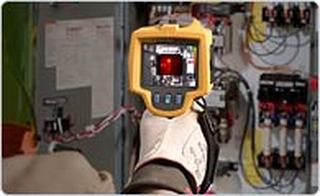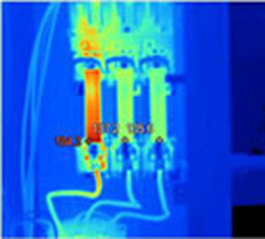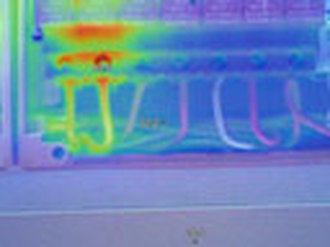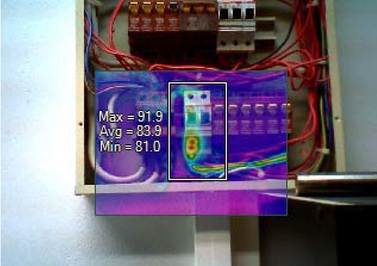|
How Does It Work?The lowest temperature the human eye can visually detect is approximately 500°C. Typically this would be described as an item being "red hot". Temperatures cooler than that are emitted as infrared waves. An infrared camera detects temperatures in this lower range and produces colourised images which enable us to see the temperature variations in the image.
|
|
Common Applications
|





